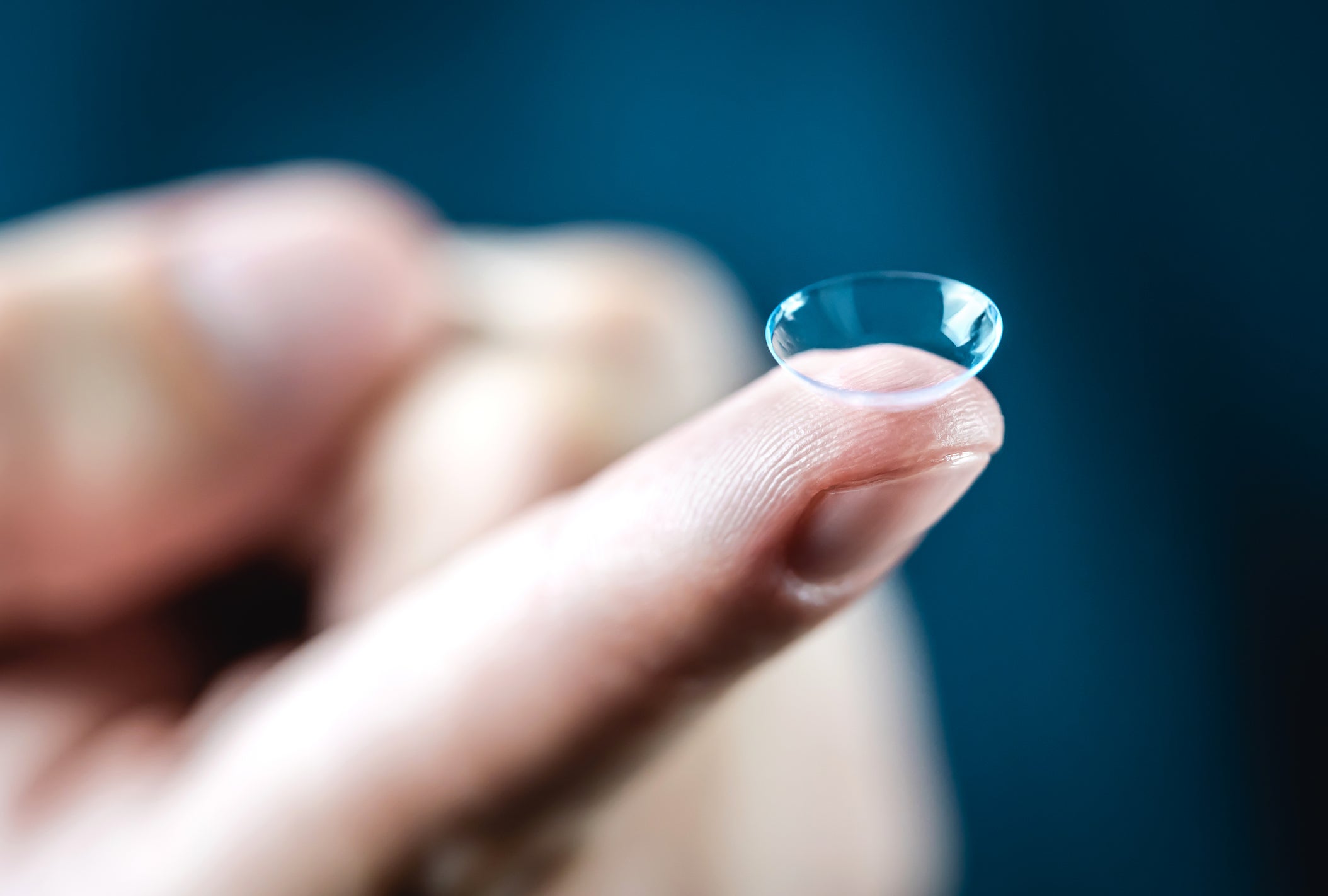ARTICLE AD BOX
Put down those carrots - scientists have created infrared contact lenses which allow wearers to see in the dark, and even with their eyes closed.
The lenses, created by scientists at the University of Science and Technology of China, use nanoparticles to absorb infrared light and convert it into wavelengths visible to the human eye.
Unlike night vision goggles, the contact lenses do not require a power source, and the effect works even when a wearer’s eyes are closed.
“Our research opens up the potential for non-invasive wearable devices to give people super-vision,” says senior author Tian Xue, a neuroscientist at the University of Science and Technology of China.
“There are many potential applications right away for this material. For example, flickering infrared light could be used to transmit information in security, rescue, encryption or anti-counterfeiting settings.”
The research, published in the scientific journal Cell, explained how scientists combined the nanoparticles with flexible, non-toxic polymers that are used in standard soft contact lenses.

After showing that the contact lenses were non-toxic, they tested their function in both humans and mice.
When mice were given a choice of a dark box and an infrared-illuminated box, the behaviour of the contact-lens wearing animals suggested they could see the infrared wavelengths as they chose the dark box, whereas mice without the lenses showed no preference.
In humans, researchers said infrared contact lenses enabled participants to detect flashing signals and to perceive the direction of incoming infrared light.
“It's totally clear cut: without the contact lenses, the subject cannot see anything, but when they put them on, they can clearly see the flickering of the infrared light,” said Mr Xue.
“We also found that when the subject closes their eyes, they’re even better able to receive this flickering information, because near-infrared light penetrates the eyelid more effectively than visible light, so there is less interference from visible light.”
The researchers also said they could alter the nanoparticles to convert different light wavelengths into different colours, allowing colour-blind people to see colour again.
Currently, the contact lenses only allow wearers to see radiation projected from an LED light source, but the researchers are working to increase the nanoparticles’ sensitivity so they can see even lower levels of infrared light.
“By converting red visible light into something like green visible light, this technology could make the invisible visible for colour blind people,” said Mr Xue.
“In the future, by working together with materials scientists and optical experts, we hope to make a contact lens with more precise spatial resolution and higher sensitivity.”









 English (US) ·
English (US) ·